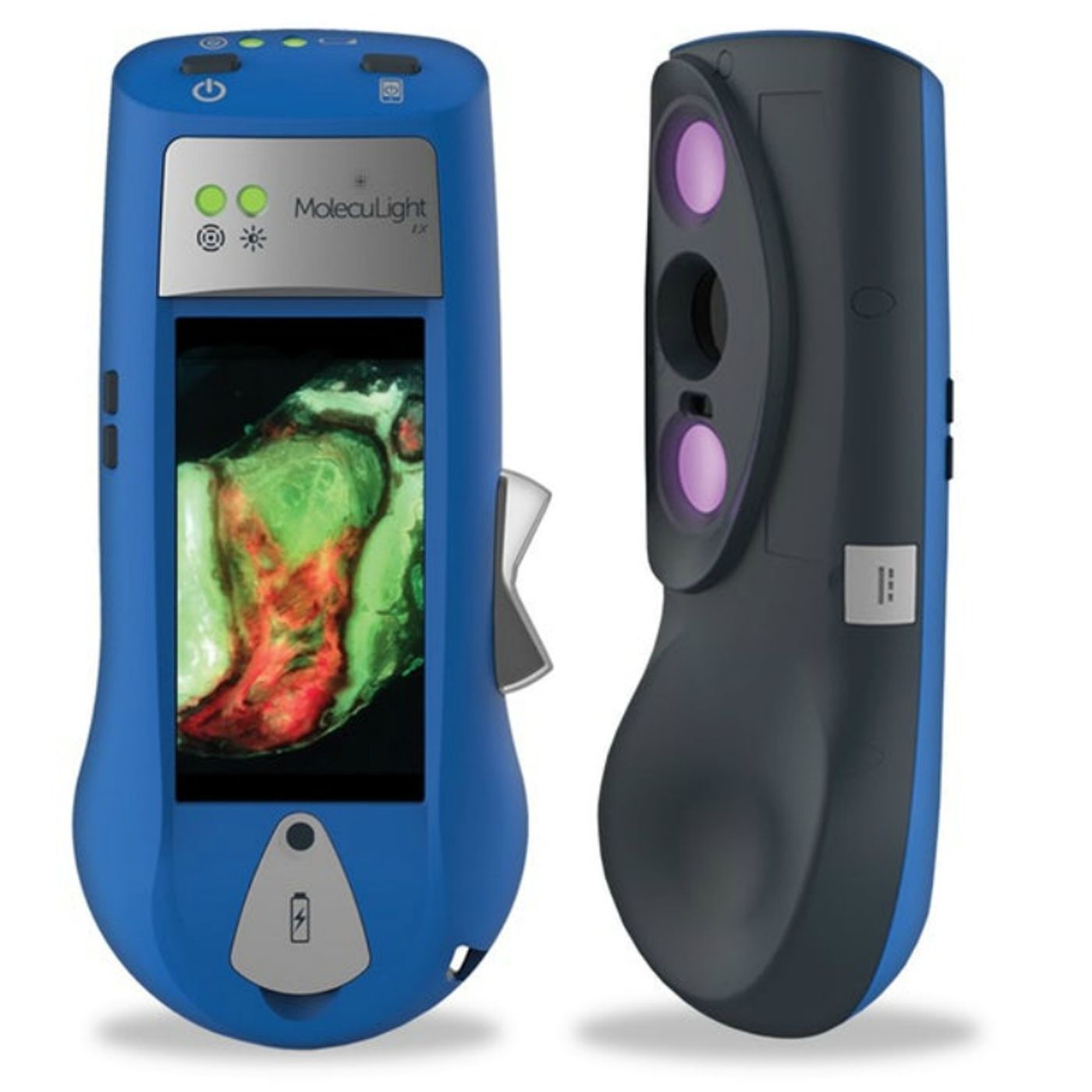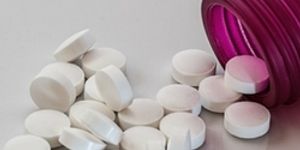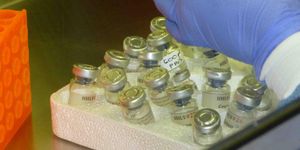Handheld Scanner Shows Wound Bacteria in Real Time
Bacteria, which cannot be observed with the human eye, has long been the bane of wound treatment. The MolecuLight i:X handheld imaging device aims to alleviate some of the risk associated with a wound's bacterial infection by revealing it quickly and safely at the point of care.
Bacteria are single-celled organisms that are believed to have been the first on our planet billions of years ago. They are present in every environut on the Earth and serve vital roles in many life forms, processes and ecosystems, such as in the human digestive track. Some types can also cause diseases including cholera, pneumonia, tuberculosis and others. A single wound can contain multiple types of dangerous bacteria that must be identified, treated and monitored.
The i:X allows clinicians to see bacteria in real time and throughout a course of medical care. First, the device takes a photo of the wound under normal light. Then, with the lights turned off, the device emits ultraviolet light toward the wound, which causes bacteria to fluoresce red against the healthy tissue, which appears green. The handheld tool measures the outlines and area of the wound as well. It can guide doctors in planning treatments because it lets them know which areas to swab for further analysis and can prevent them from missing multiple strains of bacteria in a single wound when they are present.
New Scientist shares the story of a surgeon who used the i:X to avoid performing an ill-timed skin graft that would have failed. A patient whose leg had been amputated above the knee was scheduled for surgery but a quick visualization beforehand with the i:X revealed significant bacterial growth in the wound, which would have likely prevented the skin graft from succeeding.
In a 2017 study, MolecuLight i:X’s red fluorescence predicted bacteria’s presence with 100 percent accurately. A clinical trial in Toronto found that using the i:X led to wounds healing nine times faster than those of patients who received standard care, New Atlas reports. MolecuLight offers additional case studies and clinical evidence of the device’s efficacy on its site and states it has discovered an 89 percent cost reduction in the treatment of infected wounds with its use. Dr. Ralph S. DaCosta, founder, CSO and director of MolecuLight, feels healing wounds better and faster “is one of the most important battles that physicians face,” adding that wound care has been declared a “silent epidemic” worldwide.
Dr. Stephan Landis of the Guelph General Hospital in Ontario is a proponent of the i:X; “This wound would never have healed so quickly without the MolecuLight i:X and the gained insight to debride more frequently,” he said after its use (to debride a wound is to remove infected or dead tissue).
MolecuLight i:X is not currently available in the U.S. but is being implemented in Canada and the EU.









